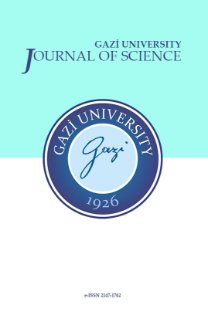The Integral Theorem of the Field Energy
The Integral Theorem of the Field Energy
___
- Fedosin, S.G., “About the cosmological constant, acceleration field, pressure field and energy”, Jordan Journal of Physics, 9(1): 1-30, (2016).
- Fedosin, S.G., “The procedure of finding the stress-energy tensor and vector field equations of any form”, Advanced Studies in Theoretical Physics, 8: 771-779, (2014).
- Fedosin, S.G., “The virial theorem and the kinetic energy of particles of a macroscopic system in the general field concept”, Continuum Mechanics and Thermodynamics, 29(2): 361-371, (2016).
- Fedosin, S.G., “Estimation of the physical parameters of planets and stars in the gravitational equilibrium model”, Canadian Journal of Physics, 94(4): 370-379, (2016).
- Fedosin, S.G., “Relativistic Energy and Mass in the Weak Field Limit”, Jordan Journal of Physics, 8(1): 1-16, (2015).
- Fedosin, S.G., “The Integral Energy-Momentum 4-Vector and Analysis of 4/3 Problem Based on the Pressure Field and Acceleration Field”, American Journal of Modern Physics, 3(4): 152-167, (2014).
- Dennery, P., Krzywicki, A., “Mathematics for Physicists”, Courier Corporation, (2012).
- Fedosin, S.G., “The Gravitational Field in the Relativistic Uniform Model within the Framework of the Covariant Theory of Gravitation”, International Letters of Chemistry, Physics and Astronomy, 78: 39- 50, (2018).
- Yayın Aralığı: 4
- Başlangıç: 1988
- Yayıncı: Gazi Üniversitesi, Fen Bilimleri Enstitüsü
Mohammad Zia ZAHEDI, İres ISKENDER
Cooling Load Reduction in a Single–Family House, an Energy–Efficient Approach
Automatic Color Edge Detection with Similarity Transformation
H. GÜÇLÜ YAVUZCAN, Recep DEMİRCİ, M. Ozan İNCETAŞ
Mostafa JAFARI, Ahmad ZIREH, Ebrahim ANALOUEI ADEGANI
Hatice Tul Kubra AKDUR, Deniz OZONUR, Hasan Huseyin GUL, Hulya BAYRAK
Hatice Tul Kübra AKDUR, Hasan Hüseyin GÜL, Hülya BAYRAK, Deniz ÖZONUR
